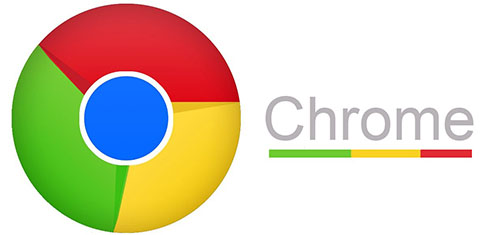How To Install Google Chrome on Fedora 38

In this tutorial, we will show you how to install Google Chrome on Fedora 38. Are you a Fedora 38 user looking to enhance your browsing experience? Look no further than Google Chrome! In this post, we’ll explore the benefits of using Google Chrome on Fedora 38, including its speed, security features, and user-friendly interface. Whether you’re a casual user or a power user, you won’t want to miss this guide on how to install and optimize Google Chrome on Fedora 38. Let’s get started!
This article assumes you have at least basic knowledge of Linux, know how to use the shell, and most importantly, you host your site on your own VPS. The installation is quite simple and assumes you are running in the root account, if not you may need to add ‘sudo‘ to the commands to get root privileges. I will show you the step-by-step installation of the Google Chrome web browser on a Fedora 38.
Prerequisites
- A server running one of the following operating systems: Fedora 38.
- It’s recommended that you use a fresh OS install to prevent any potential issues.
- SSH access to the server (or just open Terminal if you’re on a desktop).
- An active internet connection. You’ll need an internet connection to download the necessary packages and dependencies for MariaDB.
- A
non-root sudo useror access to theroot user. We recommend acting as anon-root sudo user, however, as you can harm your system if you’re not careful when acting as the root.
Install Google Chrome on Fedora 38
Step 1. Before we can install Google Chrome on Fedora 38, it’s important to ensure that our system is up-to-date with the latest packages. This will ensure that we have access to the latest features and bug fixes and that we can install Chrome without any issues:
sudo dnf upgrade --refresh
Step 2. Installing Google Chrome on Fedora 38.
By default, Chrome is not available on Fedora 38 default repository. Now we add third-Party repositories to your Fedora system using the following command:
sudo dnf install fedora-workstation-repositories
Next, enable the Google Chrome repo:
sudo dnf config-manager --set-enabled google-chrome
Finally, install the Google Chrome web browser using the following command below:
sudo dnf install google-chrome-stable
This command will install all the required dependencies, as well as the latest stable version of Google Chrome.
Verify the installation To verify that the installation was successful, run the following command:
google-chrome-stable
Step 3. Launch Google Chrome on Fedora 38
Once successfully installed Google Chrome on our Fedora 38, the next step is to launch it. Here’s how:
- From the Activities Overview, type “Chrome” in the search bar.
- Click on the Google Chrome icon in the search results.
- Alternatively, you can launch Chrome from the terminal by typing “google-chrome” and pressing Enter.
After launching, you can start browsing the internet using Google Chrome on your Fedora 38.

Congratulations! You have successfully installed Chrome. Thanks for using this tutorial for installing the Google Chrome web browser on your Fedora 38 system. For additional help or useful information, we recommend you check the official Chrome website.